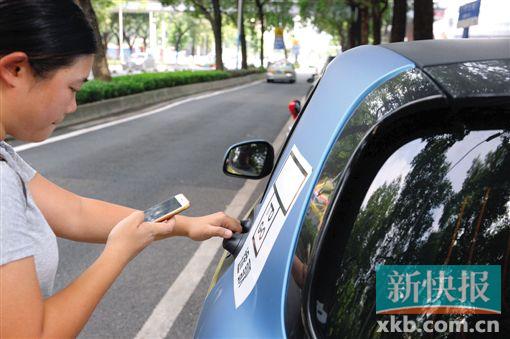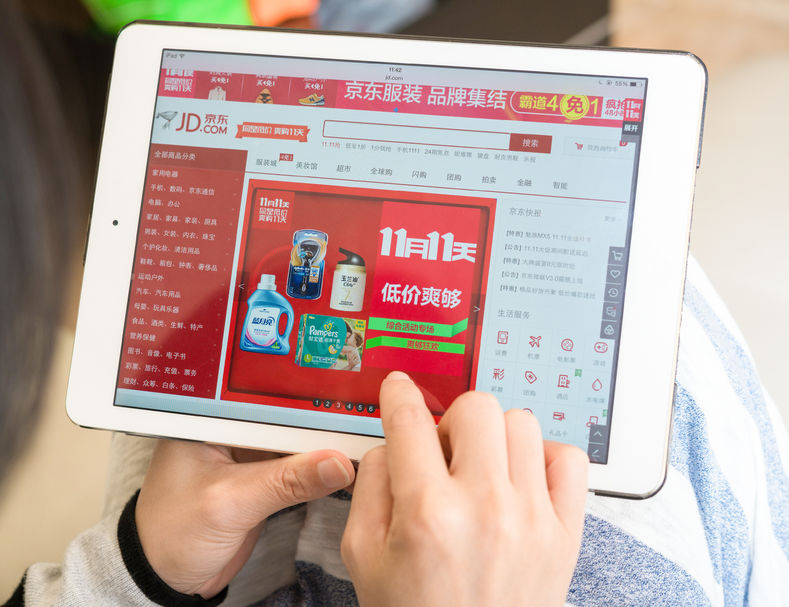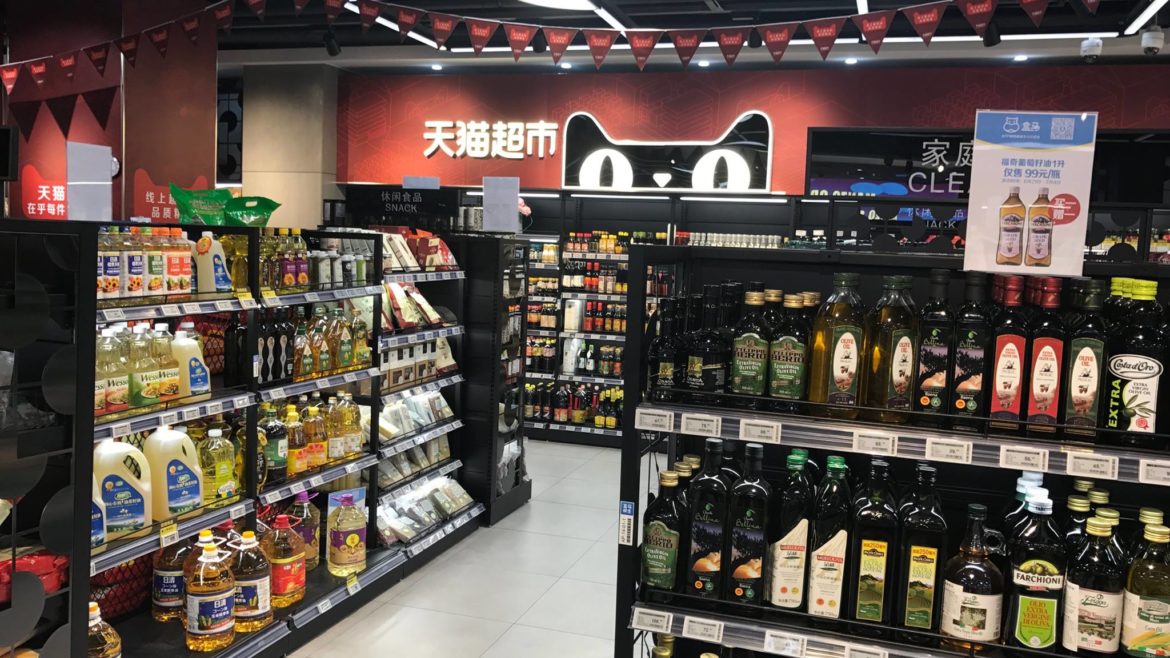Like anything else in China, local companies are not afraid of getting into a massive fight with the same idea in order to get market share; not afraid at all to share the cake. As a result, exactly the same way we saw dozens of bike-sharing companies budding for the last year, more than 30 car sharing companies have rolled out a total of 4,158 cars on Guangzhou’s roads as of the end of July.
The number of shared cars is still rising in and it is projected to reach 20,000 by the end of 2018.
Earlier in August, the Ministry of Transport and Ministry of Housing and Urban-Rural Development issued a policy promoting the development of the car sharing industry.
The policy requires car-sharing companies to check the ID and driving license of car renters and record the information in the car-rental contract.
Go fun, one of the car-sharing companies, headquartered in Beijing, said that it has begun to apply facial recognition technology to check whether renters’ faces match the photos in their IDs and driving licenses.
The company also claimed that technologies including which detect driver fatigue, and driver evaluation will be applied in the future.
Although the number of shared cars keeps rising, it is still difficult to find a shared car on the road. According to Gofun, their cars are mostly distributed in Tianhe district, Haizhu district, Baiyun district and the train station.
Similar to bike-sharing, the car-sharing industry also requires a deposit and renters need to take good care of the cars. In this aspect, car sharing companies in Guangzhou are striving to set up a credit system.

A car renter uses her mobile phone to scan a QR code to open the door of a shared car. [Photo/xkb.com.cn]
To be noted that this credit system issue has been smartly addressed by Alipay / Ofo. If your “Zhima credit” instant rating on your Alipay app is high enough, you will not be required to make the 299 Rmb deposit.
Go fun is trying to use a credit system to replace the guarantee deposit which uses a recording device in the car to track drivers’ actions and uploads dangerous driving behavior to the credit system.
According to the Guangzhou Car Sharing Special Committee, a bad credit database has been founded to sort out the bad credit data from car sharing companies and promote data sharing for the whole industry.
As usual, pragmatism will prevail and honestly, let’s hope that, the same way bike-sharing is helping to reduce our carbon footprint, car-sharing will also have a positive environmental impact for the benefit of the greatest number.
Who would have fought, a little more than one year ago that #Mobike and #Ofo would have put Chinese people back on bicycle while car have been among the most desire thing to possess for most of Chinese?
Will Chinese people be ready to share a car? Abandon for an instant the social status car is bringing them?
In many cities it would make sense since the average number of passengers in a single car is clearly below 2 people…
By Stéphane Joly, Executive Vice-president, Altavia Asia



 “
“




